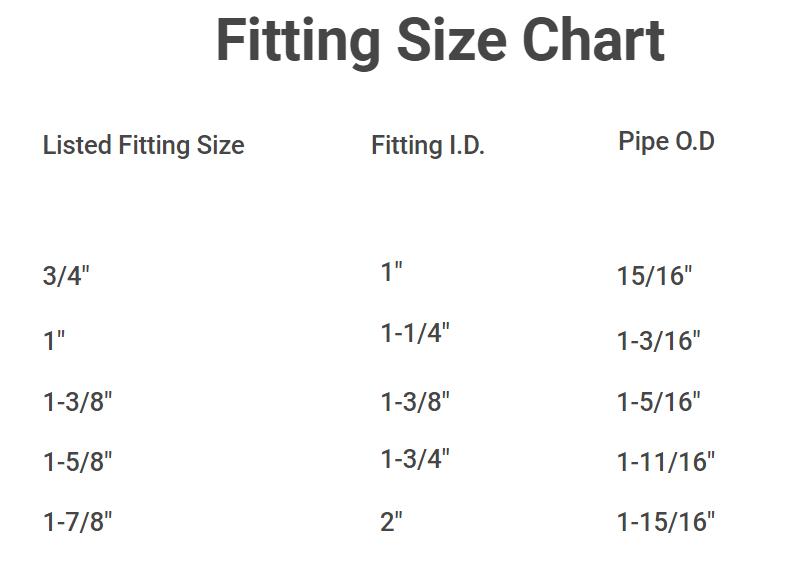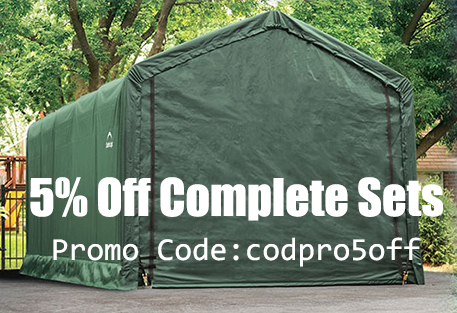Canopy Fitting Guide


Learn the basics of fitting a canopy to a frame with this canopy fitting guide from Canopies and Tarps.
We have been in the tarp and canopy business for decades. One of the inspirations for our business was watching how vendors in the Southern California swap meet scene used tarps in so many creative, innovative ways. We knew that if those vendors had high-quality tarps, they could get much more use out of the flimsy tarps we saw them using.
Part of the innovation came from how those vendors and other property owners built their own structures using whatever pipes they could find.
That's why an important part of our service to our customers includes offering incredibly strong canopy frame pipes and fittings, so that whatever structure gets built can last season after season. Our pipes and fittings are a perfect match for our tarps and canopies.
Build Your Own Structure
If you have a mind to build your own structure, here are some things to consider:
- Purpose: What do you want to do with this structure? Will it be for storage, or would you like to work underneath it?
- Dimensions: How big do you want to make this structure?
- Tension: Whatever tarp you use, you will want to make sure it is stretched taut across the frame, and that will require some consideration about how you plan to attach it.
- Protection: What sort of shield from the elements do you want to create?
All those questions should help you evaluate one particularly important quality of your structure.

Roof shape
You have several different options to consider when thinking about what sort of roof shape you would like. This is an important consideration, because one of the most common events you need to protect against is rain. This is why the tarp should be tight and angled, if at all possible. A proper roof shape helps mitigate runoff and keeps water from pooling.
- A flat roof is exactly how it sounds. This is a good option if you are trying to create a workspace, cool zone or shade spot, it is easy to deal with because your measurements won't vary much. Matching a tarp to a frame is a 1-to-1 proposition.
- A low-peak roof rises slightly in the center. These are a good option for basic rainwater mitigation. You'll need to add some extra length when choosing a tarp size to accommodate that peak.
- A high-peak roof rises even higher, making the canopy more effective at moving water, and adding some noticeable ventilation underneath. This will require even more material along the dimension of your tarp to run perpendicular to the roof peak.
- A slope roof has a raised edge, making them good for use right next to an existing building. The extra tarp material you'll need will increase as the angle of that slope increases.
Once you have your picks made, you'll be able to shop for tarps and canopy fittings pretty effectively. We recommend our bigger, thicker pipe and fitting sizes for bigger structures.
Our canopy experts are happy to help you answer your questions in detail, so contact us today.

